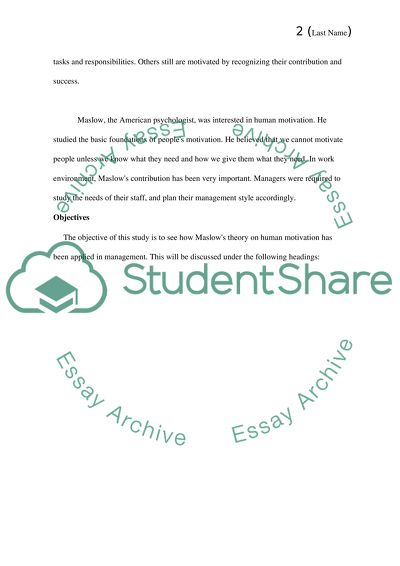Cite this document
(“Course(Advanced Compostion)/ How Maslow's Hierarchy of Needs relates Essay”, n.d.)
Retrieved from https://studentshare.org/other/1427081-courseadvanced-compostion-how-maslow-s-hierarchy
Retrieved from https://studentshare.org/other/1427081-courseadvanced-compostion-how-maslow-s-hierarchy
(Course(Advanced Compostion)/ How Maslow'S Hierarchy of Needs Relates Essay)
https://studentshare.org/other/1427081-courseadvanced-compostion-how-maslow-s-hierarchy.
https://studentshare.org/other/1427081-courseadvanced-compostion-how-maslow-s-hierarchy.
“Course(Advanced Compostion)/ How Maslow'S Hierarchy of Needs Relates Essay”, n.d. https://studentshare.org/other/1427081-courseadvanced-compostion-how-maslow-s-hierarchy.


